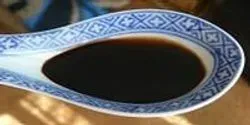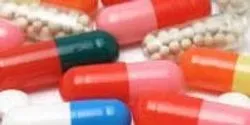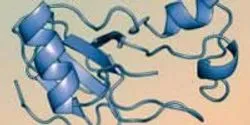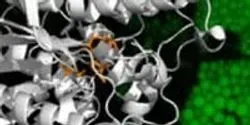Drug Discovery

NYU Langone Medical Center Establishes Office of Therapeutics Alliances to Accelerate Drug Discovery
NYU Langone Medical Center has established a new drug discovery accelerator, the Office of Therapeutics Alliances (OTA). OTA is an innovative, nimble program that advances the discovery of novel therapeutic projects by combining the scientific strengths of NYU Langone investigators in dissecting disease pathways with the expertise of external professional drug discovery and development partners in the biopharma industry.

Anasys Instruments Corp. has licensed a Department of Energy Oak Ridge National Laboratory technology that allows for simultaneous chemical and physical characterization and could lead to advances in materials and drug development.
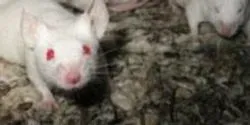
As some countries and companies roll out new rules to limit animal testing in pharmaceutical products designed for people, scientists are stepping in with a new way to test therapeutic drug candidates and determine drug safety and drug interactions — without using animals. The development of “chemosynthetic livers,” which could dramatically alter how drugs are made, was presented at the 247th National Meeting & Exposition of the American Chemical Society (ACS), the world’s largest scientific society.

William K. Warren Foundation endows Warren Family Research Center for Drug Discovery and Development
The William K. Warren Foundation of Tulsa, Okla., has made a $3.5 million gift to the University of Notre Dame that, combined with a previous gift valued at $6.5 million, will endow the creation of The Warren Family Research Center for Drug Discovery and Development in the College of Science.

Scientists from the University of Sheffield have developed a novel antibody-based therapy which targets the progression of life threatening kidney fibrosis.

Scientists at The Scripps Research Institute (TSRI) have demonstrated the power of a new drug discovery technique, which allows them to find—relatively quickly and cheaply—antibodies that have a desired effect on cells. The TSRI scientists used the technique to discover two antibodies that protect human cells from a cold virus.

